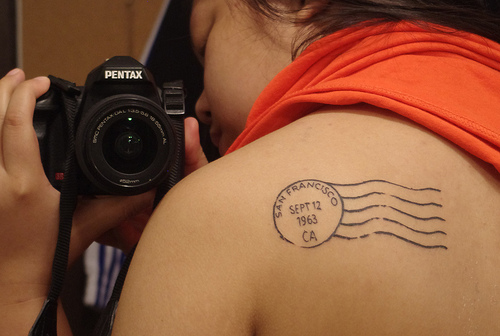Even Good Advice Expires

One of the questions I get asked the most is, "When is the best time to send out my newsletter?" It's a great question because the timing really is important. During a lunch and learn workshop a few years ago, I suggested that Tuesdays, Wednesdays and Thursdays were best, at about 9:45am. At the time that tended to be the rough schedule I followed for myself and some of my customers. I even said that I felt Wednesdays were the better than Tuesdays and Thursdays. Two weeks later on Wednesday morning at exactly 9:45am, I received 3 newsletters - one I sent on behalf of a client, and two others from workshop attendees. Suddenly 9:45am on Wednesdays seemed not quite as stellar. It's a paradox that the more a piece of advice becomes popular, and the more it's implemented, the less effective it may become. There are many other reasons for good advice to expire, mostly to do with changing conditions or specific situations. Check that your source of advice i...


